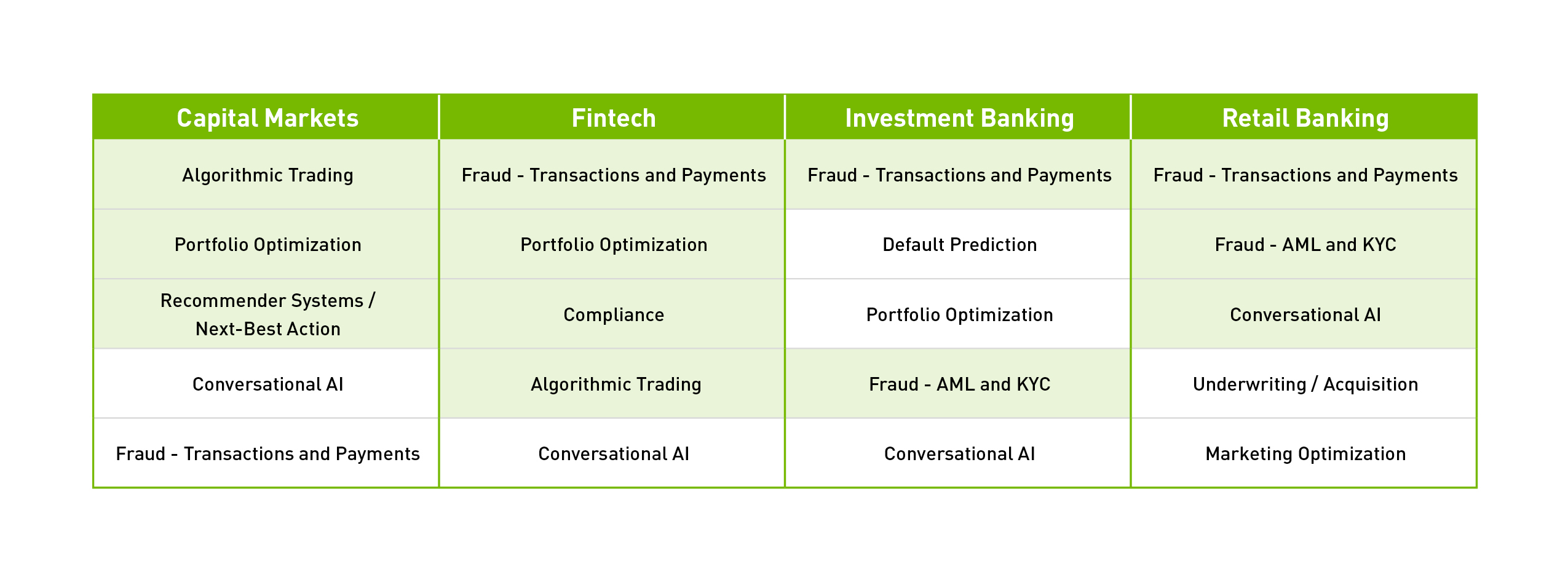Over the last five years, the discipline of fraud prevention has transformed considerably and continues to evolve swiftly. As a result, prior realities regarding fraud prevention are increasingly becoming myths. Legacy suppliers spread these beliefs in order to stay relevant, but industry leaders recognize the difference and are moving forward.
The first widespread misconception we’ll address is that a merchant should purchase fraud insurance to cover everything — this is commonly referred to in the industry as a ‘chargeback guarantee.’ The simplicity appears to be enticing; the seller claims to solve merchants’ fraud problems by accepting culpability for chargebacks, returns abuse, Item Not Received abuse, and maybe more. However, the assertion is a myth for at least five key reasons:
The economics are usually unfavorable for the merchant
There are very specific situations in which a merchant should purchase fraud insurance via a chargeback guarantee, including:
· They don’t have the internal resources to think about or own fraud prevention
· Their business is in a dispute or fraud monitoring program (with, for example, Visa)
· Their chargeback rate is above thresholds that issuers deem acceptable
In almost every other case, the merchant would be better off with an uncovered agreement in which they maintain accountability for fraud. The cost of insurance far outweighs the cost of chargebacks – this is how insurance companies earn money.
It’s also worth noting that, at the beginning of the relationship, the insurance vendor may charge less than the current fraud rate, giving the appearance of a quick cost-saving. However, when the initial benefit of any optimization is considered, the economic gain deteriorates with time.
The incentives for the solution provider may not completely align with the merchant’s objectives
Because fraud insurance providers bear the risk of chargebacks, their major motive is to decline more transactions. As a result, while a merchant’s chargeback rate may decrease, so does their approval rate, costing them valuable consumers and money. When companies sign a chargeback guarantee, they relinquish control of their own fraud operations as well as key components of their client experience.
Fraud prevention is more than just decreasing chargebacks; it is also about making decisions that keep fraudsters from causing harm to your company while ensuring real consumers always have a great experience. An uncovered agreement emphasizes the importance of this balance – between chargeback and approval rate – in optimizing a merchant’s business outcomes. A chargeback guarantee just ensures chargebacks, whereas an uncovered agreement guarantees chargeback rate, approval rate, and payment rate.
The terms and conditions are never simple
Often, providers just provide a false sense of security. One of the market’s biggest suppliers touts the simplicity of their ‘Guaranteed Fraud Protection Reimbursement Policy.’ The truth is more complicated.
To earn reimbursement for a chargeback, more than a dozen conditions must be completed, according to the terms and conditions on its website. The merchant must give evidence of shipment, tracking numbers, proof of address match, mapped email addresses, and other information within seven days, according to a tight methodology outlined in the vendor’s portal. That’s not simple, which is presumably why this seller has a slew of 1-star evaluations from retailers whose chargeback requests were denied.
Of course, the procedure may be streamlined. Merchants can instead choose a provider who believes in its technology and its customers, eliminating the need to defend against chargebacks with onerous terms and conditions. The message here is simple: before signing any contracts, businesses should look behind the guarantee glitter and verify they understand the terms and circumstances (as well as read peer evaluations).
Fraud insurance kicks the can on critical issues
Shifting accountability for policy violations, such as return abuse and Item Not Received (INR) abuse, does provide some peace of mind. However, it does not address the fundamental issue. The main issue is that repeat offender are not deterred; they are permitted to continue purchasing from the retailer and then returning things outside of policies or claiming that those items were never received.
The truth is that policy violators and fraudsters are fundamentally different and must be dealt with as such. With the correct technology, the latter may be easily identified and stopped; you can even alter policies in real-time for repeat offenders. For example, a person who has previously claimed Item Not Received may now purchase with a delivery signature required.
Purchasing fraud insurance for a problem that is not fraudulent and cannot be resolved through fraud procedures results in an expensive policy and an increased decline rate for merchants. If the core issue of policy abuse is not addressed, the merchant’s fraud insurance coverage will only become more expensive over time. If the merchant decides to take on that liability in the future, they will be inheriting a much larger problem. In conclusion, fraud insurance simply masks policy abuse issues when a true remedy is required.
Fraud insurance is NOT a sustainable business model
Chargeback guarantee companies have been open about their struggles with diminishing profitability. For example, one publicly traded vendor saw year-over-year margins fall from 53% to 46% as they began insuring merchants in higher-risk businesses.
“Margins are the provider’s problem; what does that have to do with me, the merchant?” it’s acceptable to say. For continuity, the merchant requires that their source be healthy and in business. When faced with financial constraints, the provider will need to cut expenses in order to retain margins. This entails less investment in customer service and success, as well as reduced investment in R&D, which delays innovation.
The bottom line is that the merchant’s financial stability is dependent on the health of their solution provider, so they should make sure they’re aligning themselves with a market leader with solid fundamentals. The merchant should not bear the risk of fraud insurance providers because they lack a long-term business model.
Because it is so extensively circulated, this myth has a lot to unravel. With the benefits and drawbacks of chargeback guarantees vs. uncovered agreements in mind, merchants should choose which will be more effective at not only meeting fraud prevention aims but also aligning with their business objectives.
Finally, most merchants would benefit from a service that allows them to start with a chargeback guarantee and gradually transition to an uncovered agreement over time, minimizing chargebacks while maximizing revenues.









